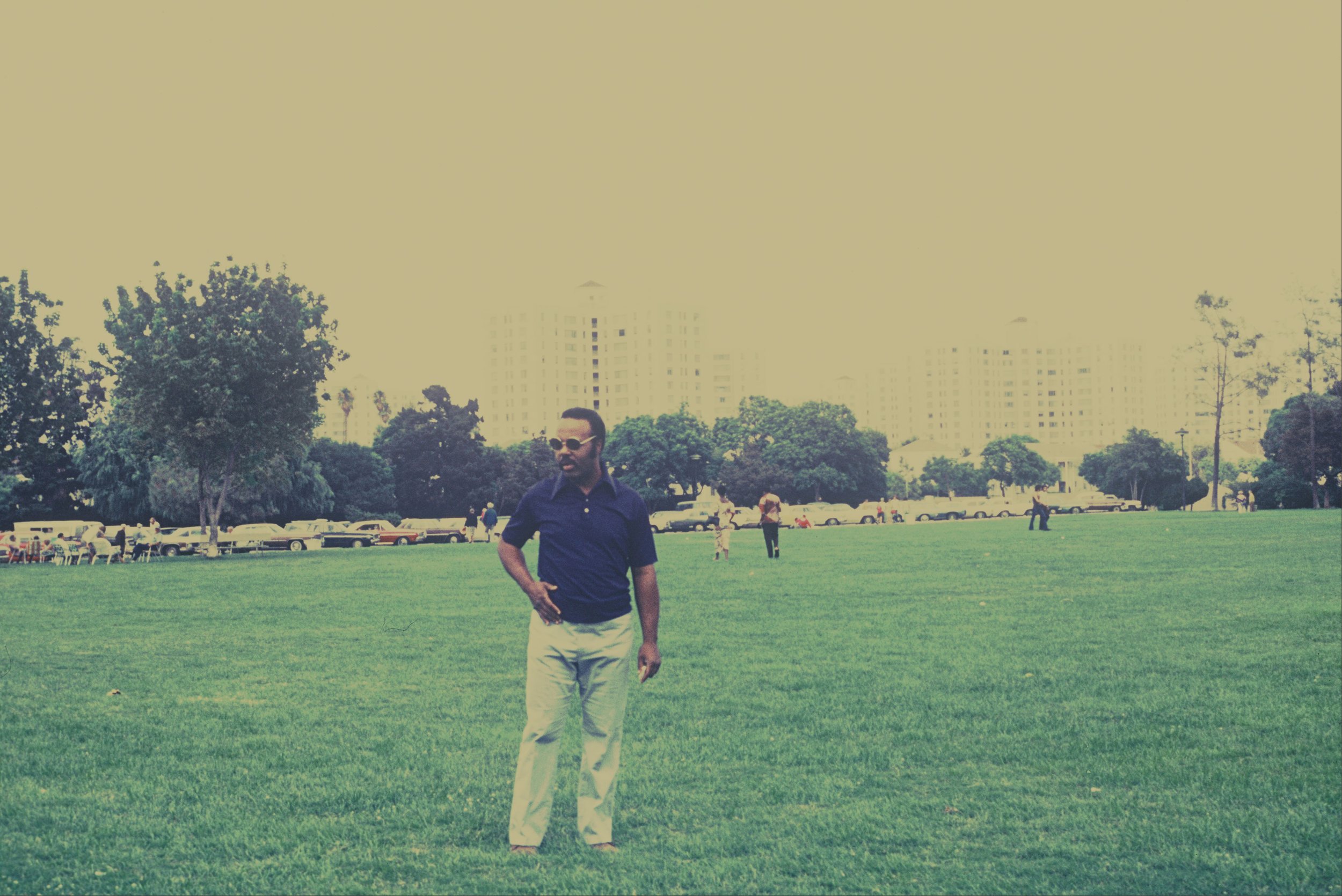Charles Stepney
Bio by Ayana Contreras
Charles Stepney (March 26, 1931– May 17, 1976) was a Chicago born and bred arranger, producer, multi-instrumentalist and songwriter.
Born to a musically-inclined family, Stepney studied music theory at Wilson Junior College and came of age musically playing the vibraharp in the same club scene that also produced his close friend saxophonist Eddie Harris.
In 1970, DownBeat Magazine called Stepney “One of those unseen workhorses whose business is other people's success,” a description that would, unfortunately, remain true for the remainder of his short life, despite his chart-topping work with a wide spectrum of artists. But in the years before that success, Stepney nearly gave up on the music industry altogether, almost selling his vibes for $65 before he received a serendipitous call from arranger Phil Wright at Chess Records, who had seen Stepney gig with Harris around town and invited Stepney to play a session for the label, which was famous primarily for recording blues, jazz and gospel.
He worked his way up in short order from session player to lead sheet-writer to producer and arranger on many dozens of important recordings, including (but not limited to) singles for Billy Stewart, Mitty Collier, Marlena Shaw and Little Milton, a run of hits for The Dells beginning with their 1967 album There Is, Ramsey Lewis’ Maiden Voyage (1968) and Mother Nature’s Son (1968), Phil Upchurch’s Upchurch (1969) and The Way I Feel (1970), Muddy Waters’ psychedelic offerings Electric Mud (1968) and After The Rain (1969), Howlin’ Wolf’s 1969 psychedelic blues album, Occasional Rain (1972) and What Color Is Love (1973) for Terry Callier, the recorded output of Rotary Connection and Minnie Riperton’s 1970 debut album, Come To My Garden, which he arranged, produced, and co-composed.
Outside of his work with Chess, he also arranged and/or produced work for his old friend Eddie Harris, as well as for other artists such as Buddy Guy, Kitty and the Haywoods and Junior Wells, and in 1970, even composed a classical jazz symphony titled “Cohesion”.
Stepney quickly became known in industry circles for his groundbreaking polyrhythmic and counterrhythmic arrangements, very early adoption of electronic instrumentation such as the Moog synthesizer, and for pioneering a style of orchestration (employing the Chicago Symphony Orchestra) now known as Baroque Soul, among other innovations.
In the late 1960s, Maurice White (who had played drums on numerous Chess sessions with Stepney) was a member of the Ramsey Lewis Trio, but it wasn’t long before he formed Earth, Wind & Fire. White deeply respected Stepney, describing him as possessing “that Chicago bite that could be harsh, encouraging, and loving all at the same time.” Eventually, White summoned Stepney to assist him in arranging and producing the band. First credited on EWF’s Open Our Eyes in 1974, Stepney’s relationship with the band continued as a primary producer, principal arranger and key songwriter on their 1975 breakthrough That’s The Way of The World, Gratitude and 1976’s Spirit (which was dedicated to Stepney). During this hitmaking stint, Stepney (alongside Maurice White) worked with White’s Kalimba Productions, co-producing work such as Ramsey Lewis’ Sun Goddess (1974) and Don’t It Feel Good (1975). In his biography, Maurice White called Stepney Earth, Wind & Fire’s “coach” during this era, while White served as the band’s “quarterback”.
In the spring of 1976, Stepney suffered a massive heart attack and never fully recovered. After a second attack, he passed away May 17 at the age of 45, leaving behind his wife, Rubie, and three daughters: Eibur, Charlene and Chanté. After his passing, the final albums that Stepney produced were released in quick succession between June and September of that year: Salongo by Ramsey Lewis (which peaked at #7 on the Billboard Jazz charts and #17 on the Soul charts), The Emotions’ first album on Columbia Records, titled Flowers (Billboard Soul #5), Deniece Williams’ 1976 debut This Is Niecy (Billboard Soul #3), and Earth, Wind & Fire’s Spirit (Billboard 200 #2, Soul #2). The albums were like fireworks heralding the loss of a star who was clearly at the peak of his powers.



